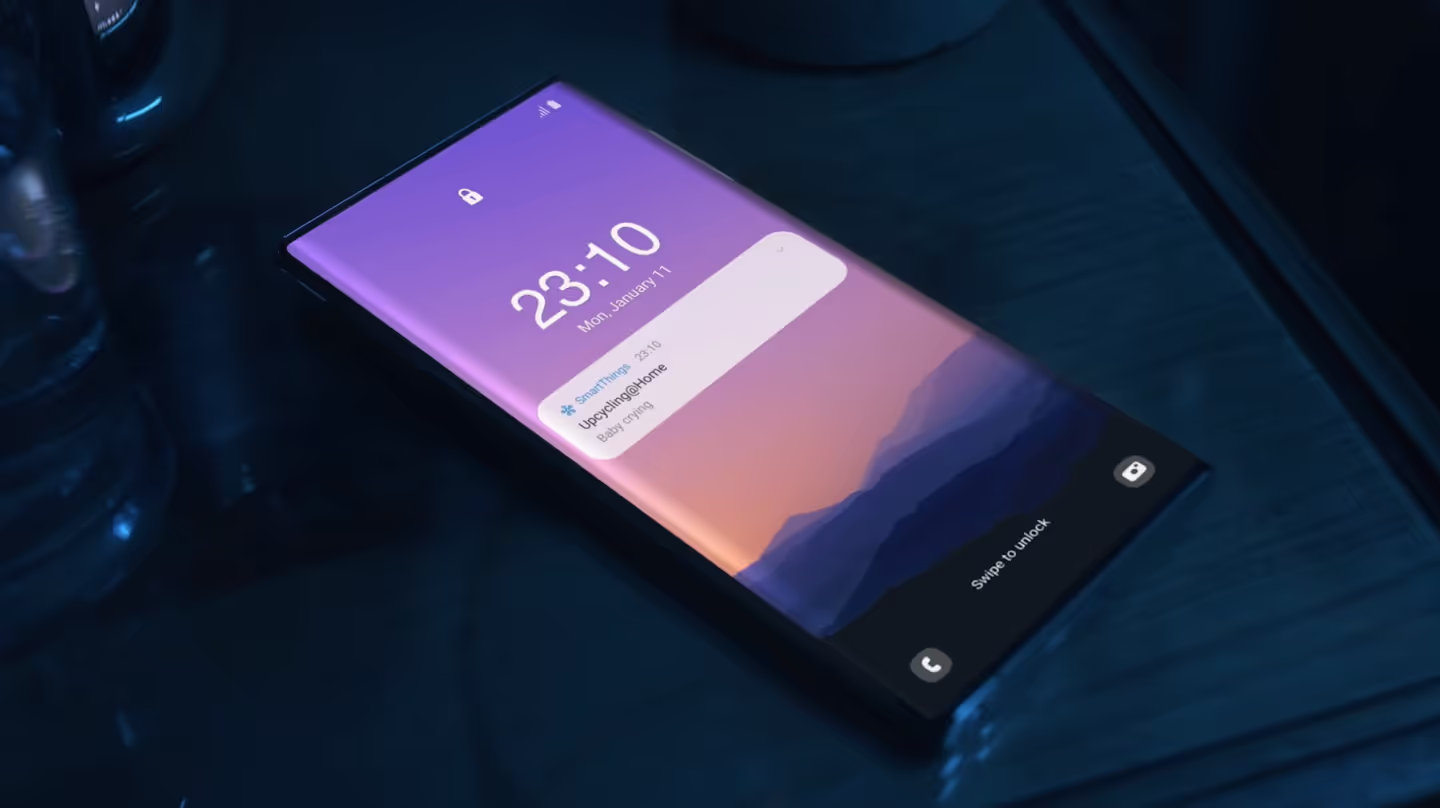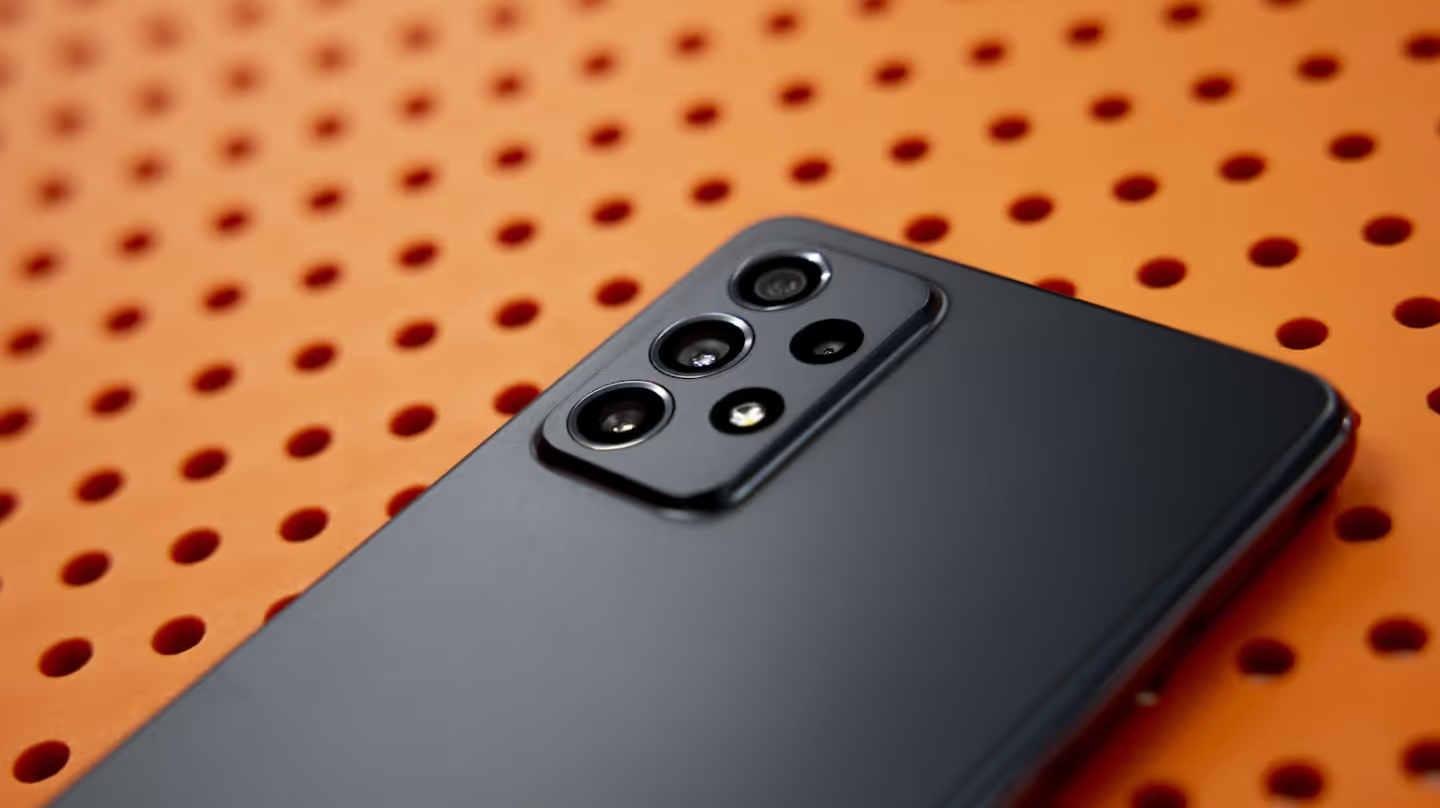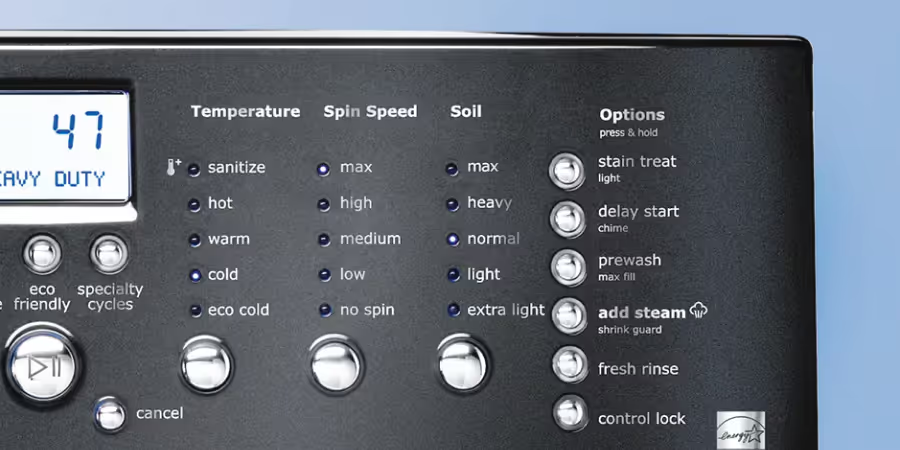Summary

What is the Samsung Galaxy Upcycling Program?
Samsung launched its Galaxy Upcycling Program in 2017 with the goal of reducing electronic waste by repurposing old Galaxy smartphones. Originally an open-source initiative encouraging DIY conversions of devices into PCs, cameras, or IoT tools, the program has since evolved into more structured efforts that align with sustainability and circular economy principles.
Samsung’s Upcycling at Home
Since 2021, Samsung has enabled the Upcycling at Home feature via a software update delivered through the SmartThings app. This update allows users to transform their eligible older Galaxy phones into useful IoT sensors, contributing to sustainable living and smart home innovation.
How Does the Upcycling at Home Feature Work?
Key features include:
- Compatible Devices: Galaxy S, Note, and Z series from 2018 onward, running Android 9 or later.
- Sensor Functions: Convert phones into sound detectors, light detectors, and other smart sensors.
- SmartThings Integration: Seamless connection with over 5,000 compatible smart home devices.
- Automation Opportunities: Create custom scenarios, such as triggering lights or alarms based on sensor input.
- Energy Efficiency: Help optimize power usage by automating device behavior based on environmental changes.
Together, these capabilities encourage users to reduce e-waste while enhancing convenience and sustainability through smart home technology.
What is the Community and Medical Upcycling Initiative?
The Galaxy Upcycling Program extends its impact beyond homes through partnerships that convert outdated devices into life-saving medical tools and community resources.
Key elements include:
- Device Transformation: Converting Galaxy smartphones into Pulse Oximeters and other essential medical monitoring devices.
- Target Communities: Focus on underserved and remote areas lacking adequate healthcare infrastructure.
- Collaborations: Partnerships with NGOs, healthcare providers, and local community organizations to facilitate distribution and training.
- Benefits:
- Offers critical health monitoring at low cost.
- Extends the useful life of devices.
- Enhances accessibility to healthcare.
- Drives positive social and environmental impacts.

What Environmental and Social Impacts Does the Program Have?
Samsung’s Galaxy Upcycling Program delivers meaningful environmental and social benefits by transforming how old devices are reused. Key impacts include:
- E-Waste Reduction: Diverts functional smartphones from landfills and recycling, preventing toxic waste and resource loss.
- Carbon Emission Savings: Extends device lifetimes which reduces the demand for manufacturing new devices, thereby lowering overall carbon footprint.
- Improved Healthcare Access: Medical upcycling projects use refurbished devices to provide critical health screenings, benefiting thousands worldwide.
- Brand and Social Impact: Strengthens Samsung's social responsibility profile and fosters greater brand loyalty through sustainable innovation.
Why Are These Impacts Important?
- They help tackle the growing global e-waste crisis.
- Support global efforts to limit climate change through reduced emissions.
- Address healthcare disparities in underserved communities.
- Enhance corporate reputation by aligning business goals with societal values.
How is the Program Positioned as a Business Model and Brand Strategy?
While not a direct revenue source, the upcycling program operates as a strong CSR and brand-building initiative. It advances Samsung’s ESG targets and enriches the SmartThings ecosystem, fostering customer engagement through sustainability. Investments come mainly from R&D and CSR budgets, leveraging existing product take-back channels and infrastructure for reuse and refurbishment.
What Partnerships and Logistics Support the Program?
Samsung collaborates with internal teams such as C-Lab and R&D Institute Bangalore, NGOs like the International Agency for the Prevention of Blindness, medical institutions including Yonsei University and Aravind Eye Hospital, and startups like LabSD for hardware innovation. The company sources phones through its global take-back programs, where devices undergo testing, wiping, refurbishment, and redeployment. Consumer upcycled devices are monitored via SmartThings, while medical device usage is tracked through partner reports.
How Does Samsung’s Upcycling Align with Regulations and Circular Economy Goals?
The program aligns with Extended Producer Responsibility laws, right-to-repair and reuse policies, and United Nations Sustainable Development Goal 12. It anticipates and supports tightening global e-waste regulations, positioning Samsung as a leader in corporate compliance and circular business transformation.
What Can Other Brands Learn from Samsung’s Upcycling Program?
Samsung’s approach demonstrates how large technology companies can operationalize circular economy principles by combining environmental impact with social innovation and brand value. Key lessons include leveraging existing take-back infrastructure, partnering with NGOs and healthcare providers, and connecting reuse initiatives to wider business ecosystems and sustainability goals.




